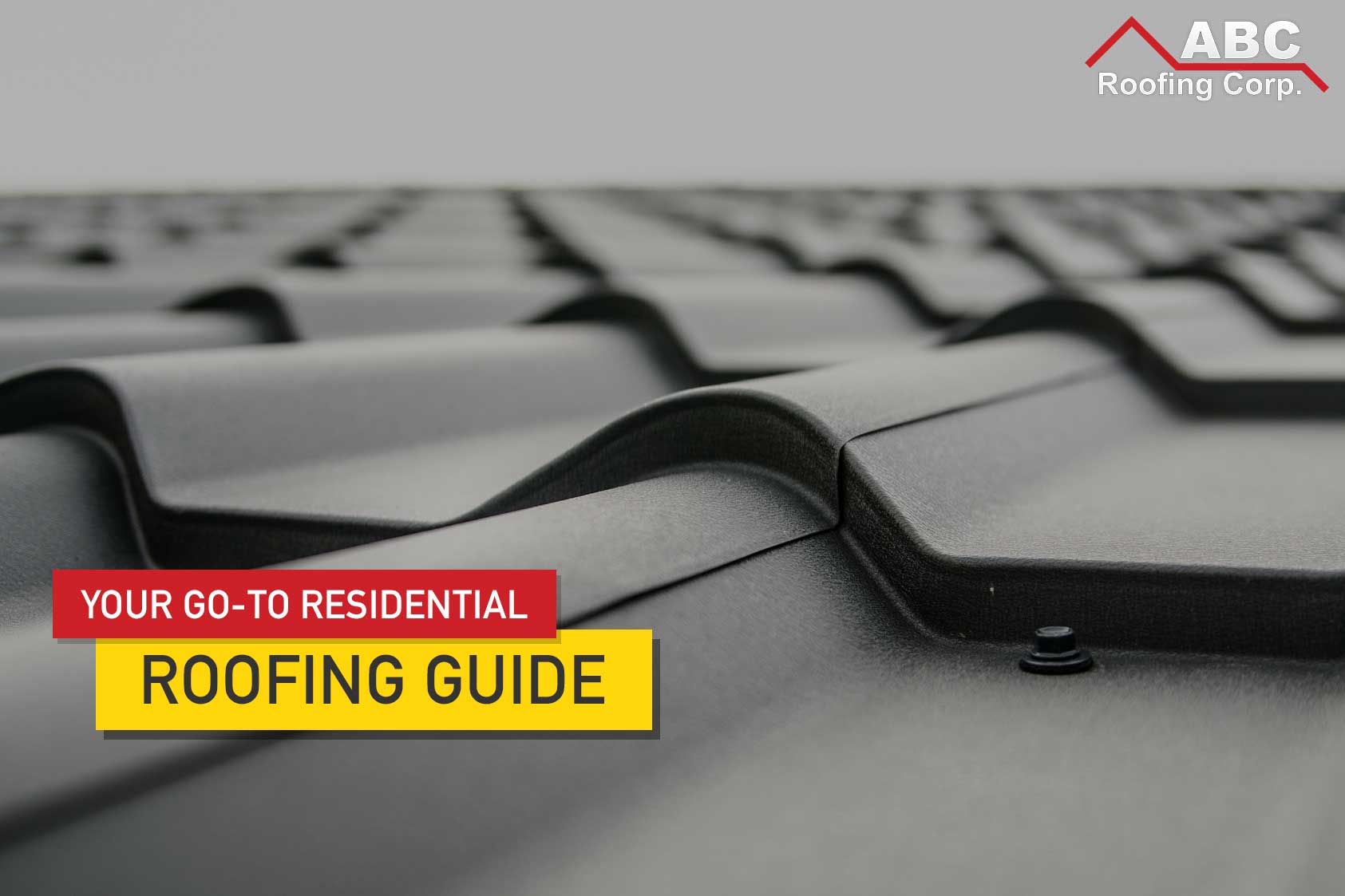
Property owners in South Florida have to consider several factors when buying or building a home or commercial property. For both residential and commercial properties, high-impact windows are standard to protect against tropical storms and hurricanes. A central AC system is also standard in South Florida buildings to keep the interior cool and comfortable for dwelling, and to protect against mold intrusion from outside humidity. One of the most important decisions a homeowner can make is the type of roof design and material used. Here is a residential roofing go to guide for choosing the best type of roof for your budget, aesthetic style, and needs:
Asphalt Shingle and Tile
The most affordable and commonly used roofing material on the market today is asphalt shingle. Tile roofing, while more expensive it is considered more durable and long-lasting for South Florida’s subtropical climate. Tile roofing is more labor-intensive to install, yet provides better insulation and lower electric usage during the region’s hot summer season. Cost for these materials vary by region, although in South Florida, you can expect asphalt or concrete shingle to cost an average $400 to $600 per square foot and a tile roof $750 – $1000 per square foot.
Flashing and Gutters
Flashing is the material used to divert water away from chimneys, joints, doorways, and window areas. In the construction industry, flashing is also referred to as a water-resistant barrier (WRB). Flashing protects interior insulation as well as the integrity of the roof. Although a straightforward process, flashing should only be installed and maintained by an experienced professional. Gutters can fill with debris over time, particularly during the rainy season. In South Florida, it’s a good idea to schedule regular maintenance between Spring and Summer with a licensed gutter contractor.
Roof Calculations: Slope, Area, and Pitch
The slope of the roof is normally expressed as a mathematical ratio. The rise is calculated at every 12 inches the roof rises vertically to every 12 inches the roof goes across horizontally. The industry terms for this are rise over run or rise/run. Standard slope roofs are between 4/12 to 6/12 pitch however can increase to a roof that rises at a 45° angle which would be 12/12
The roof pitch can be multiplied by finding the square root of ((rise/run)² + 1). For example, a roof pitch of 6/12 converted to degrees is 26.57° and the pitch is then 1.118. An area of 12/12 is 45° and is thus converted to a pitch of 1.414. Pitch can also be measured within the attic of the house.
Tile, Shingles, and Color
Roof tile comes in a variety of shapes and colors. When planning for a tile roof, you also have to consider style and color. Does your design blend in well with the surrounding neighborhood? Dark colors tend to absorb heat and make the interior of the house warmer. Lighter, neutral colors deflect heat, keeping the interior cooler. Asphalt shingles also come in a variety of styles and colors.
Hiring a Professional Roofer
Once you’ve selected your design and materials, the key is to find the right roofer who has the technical skill and knowledge to support your project. An experienced roofer will guide each step of the process and ensure the highest-quality installation, which is both up to code and meets your needs. ABC Roofing Corp., state certified and family-owned and operated in South Florida for 30 years, provide first-class service and expert roof installation to residential homeowners. Your roof and your home will be in the best of hands.
